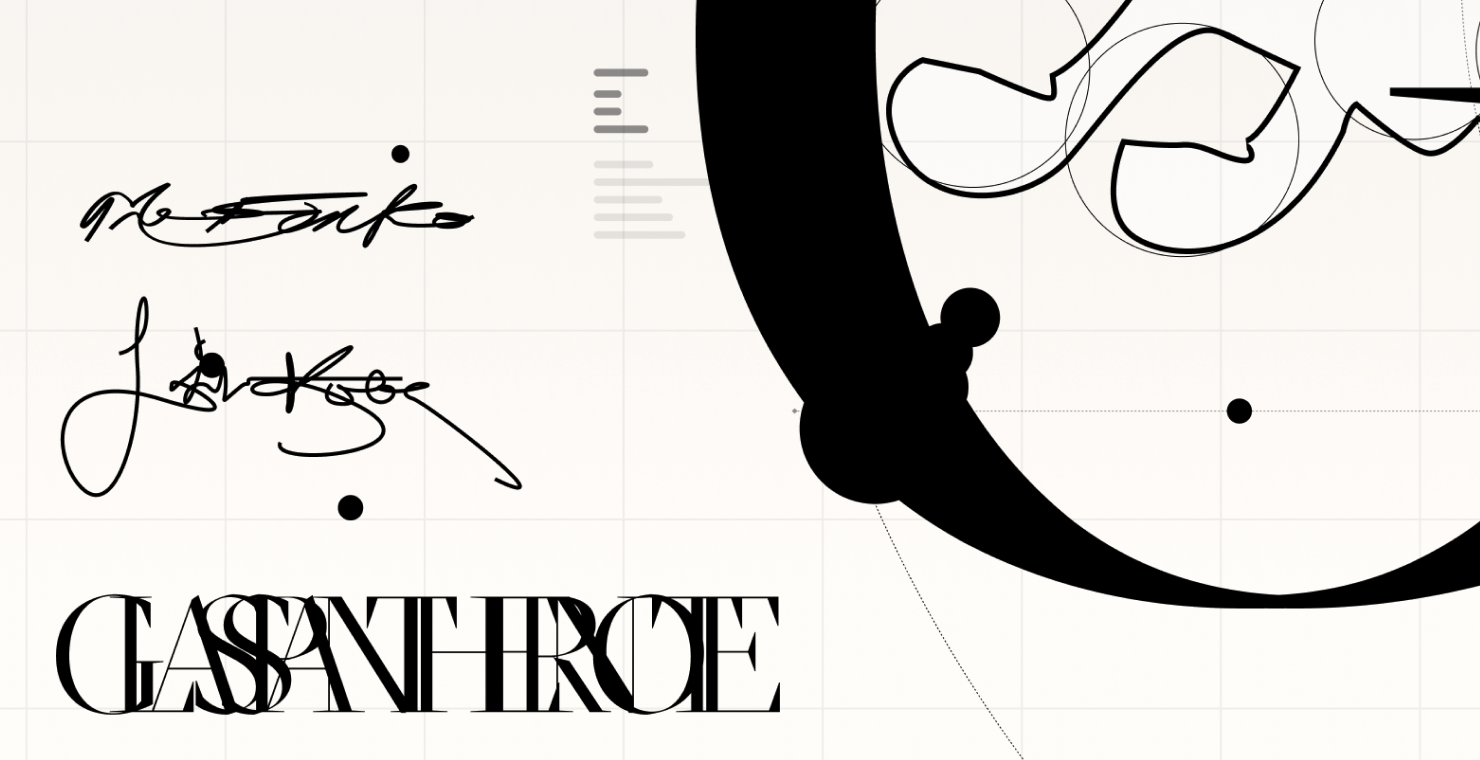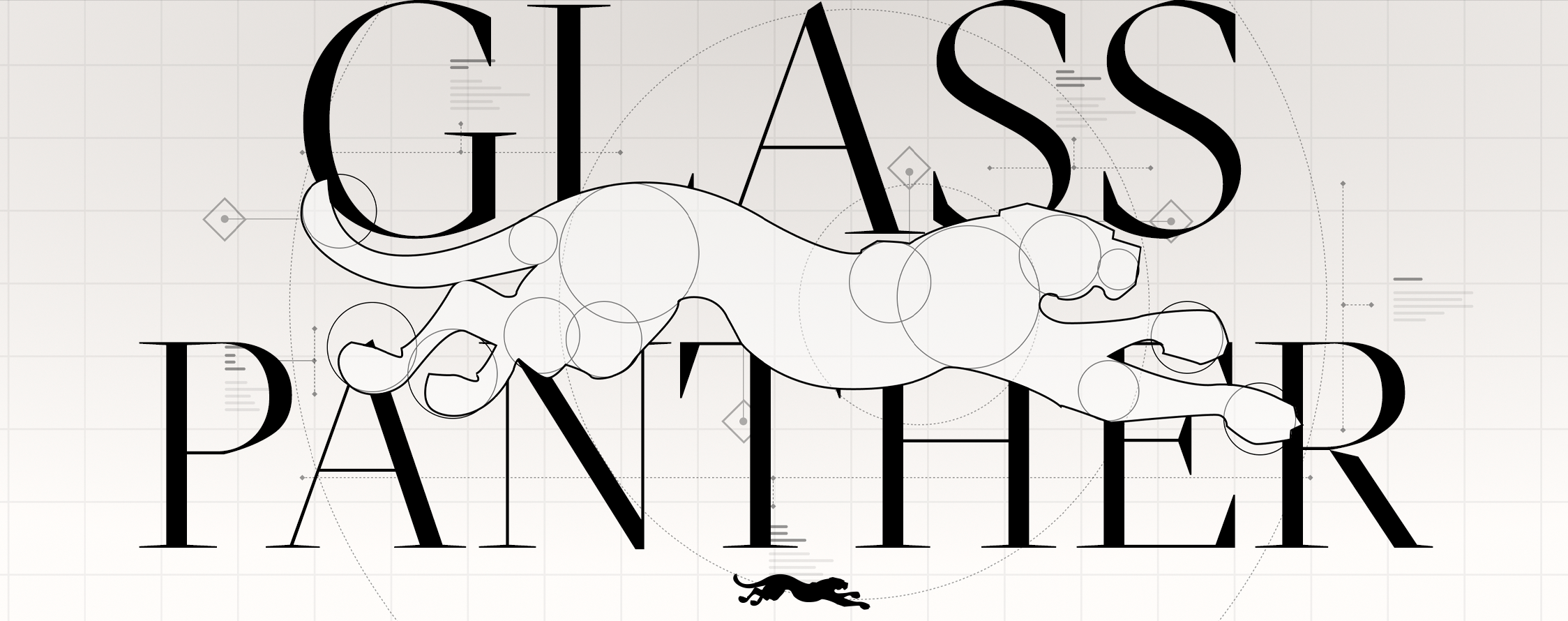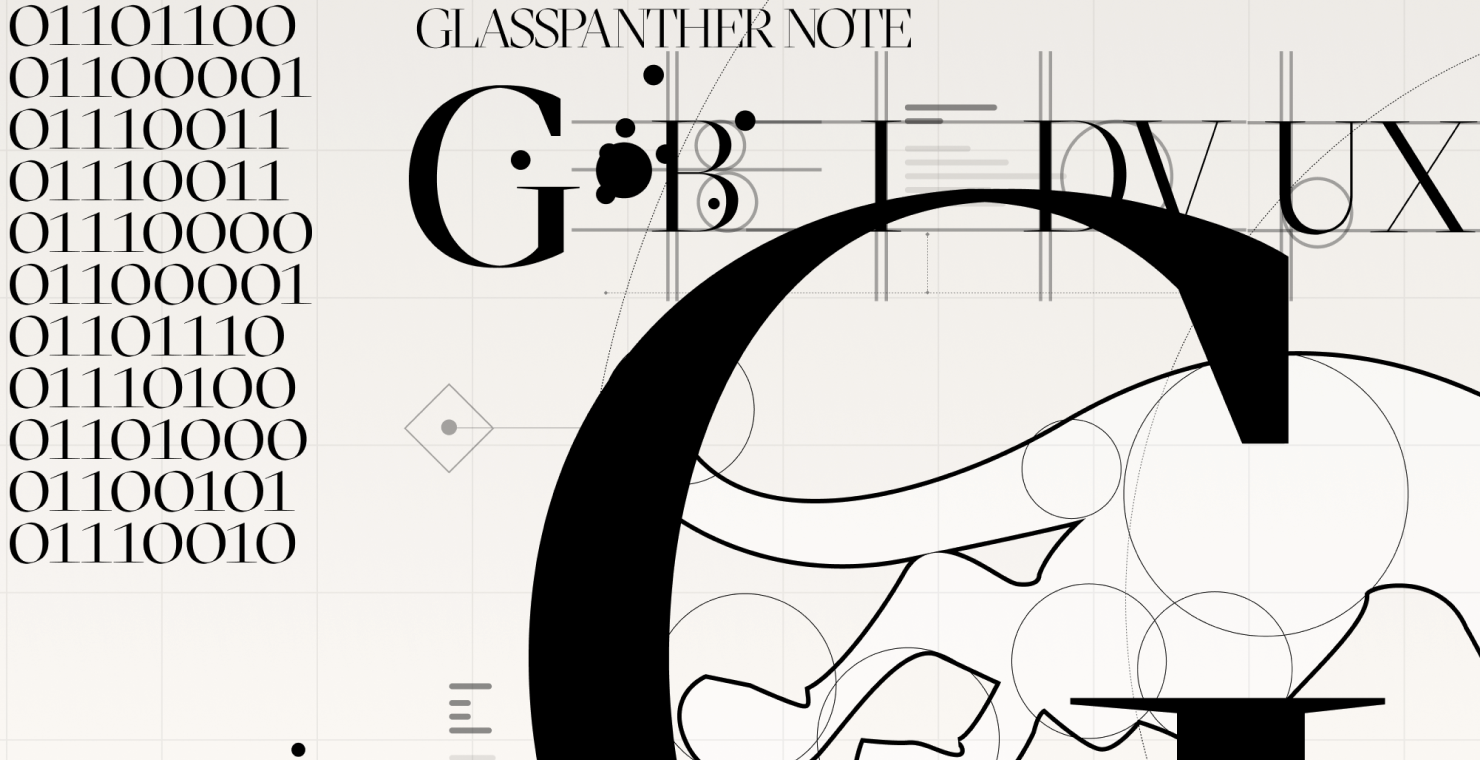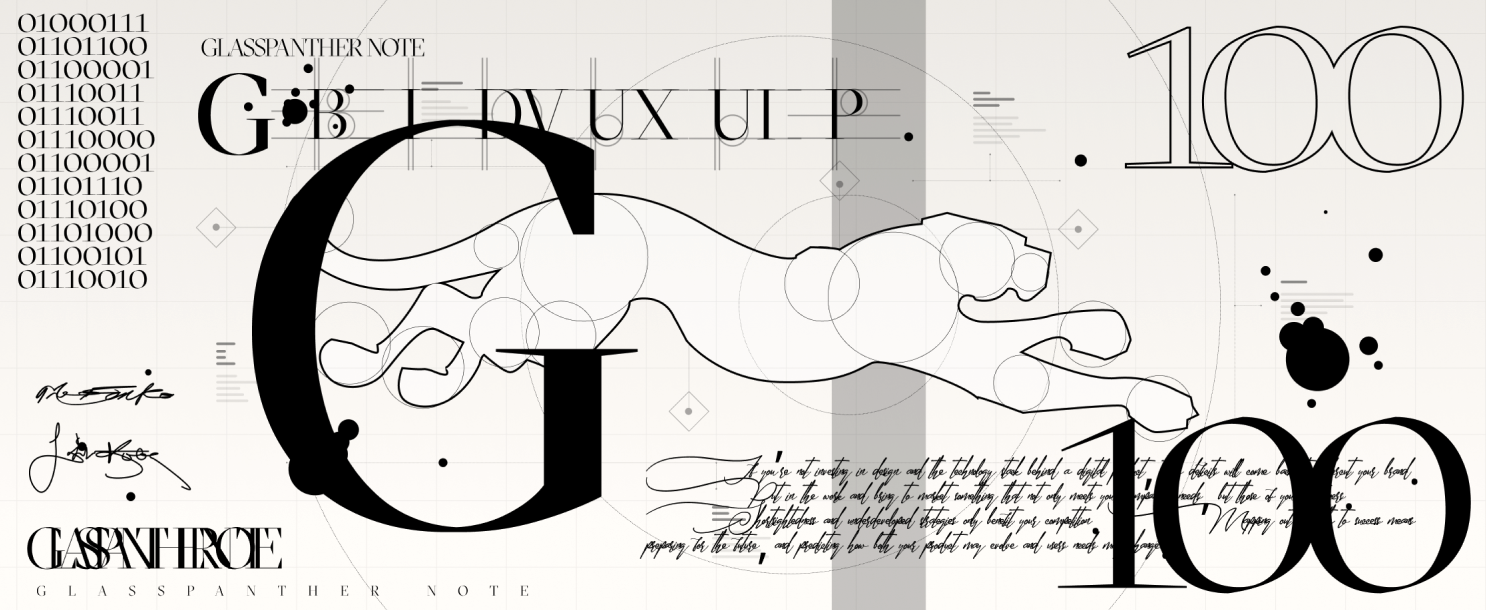

Manning Fisher, Product Design
GLASS PANTHER
A product designer plays a pivotal role in the software development process, engaging in various stages of the lifecycle. This includes research, market and competitive analysis, user interviews, ensuring market and product viability, and gaining a deep understanding of the subject matter. They are focused on solving problems and iterate through prototyping, wire-frames, and user interface design. They collaborate with engineers, contribute to code development, and ensure scalability and testability. Post-development, they focus on customer satisfaction, conduct user interviews, and continue research to understand product lifecycle and manage improvements. The Software Development Life Cycle is a structured methodology that outlines the stages involved in the development, deployment, and maintenance of software systems.
Design, as a tool, serves as a bridge between identifying problems and crafting effective solutions. Through design thinking, which revolves around empathy, ideation, prototyping, and testing, designers can deeply understand customer pain points. By delving into the intricacies of user experiences and behaviors, they uncover insights that lead to innovative solutions.
Design helps for enhancing and optimizing processes by inquiring deeper into each point of a product's value chain. This can involve identifying opportunities to add more value at different stages of development or production, thereby increasing the overall worth of the product. Additionally, design can also focus on streamlining processes within the supply chain, leading to reduced costs, minimized time inefficiencies, and improved overall efficiency. By integrating design thinking into supply chain methodology, organizations can achieve significant enhancements in productivity and profitability while ensuring a seamless and customer-centric experience

Problem obsession, coupled with a deep understanding of "jobs to be done," is a highly effective business approach that streamlines decision-making and resource allocation. By focusing on real issues and user needs, teams can prioritize efforts, saving time and money while delivering tangible value that resonates with customers. This method fosters a culture of innovation and customer-centricity, leading to sustainable growth and competitive advantage in the market. Ultimately, the power of design lies in its ability to transform abstract ideas and problems into tangible, user-centered solutions that drive progress and innovation across diverse domains to deliver value.

Collaboration is a cornerstone of successful design, connecting insights from subject matter experts, user interviews, and executive leadership to inform design decisions. Flexibility within processes is key, recognizing that what works for one team may need adaptation for another; the ability to pivot and evolve perspectives fosters innovation. Essential elements include effective communication, active listening, and building strong relationships, which are vital for navigating complex projects. Managing teams, people, and processes with empathy and clarity enhances the overall success of product design investments.

A product designer is integral to the software development lifecycle, guiding the process from inception through to post-launch. By employing design thinking—centered around empathy, ideation, prototyping, and testing—they effectively bridge the gap between problem identification and solution creation. Their role is not limited to enhancing user interfaces but extends to optimizing the entire value chain, improving processes, and adding value at every stage. A relentless focus on solving real problems and understanding the “jobs to be done” enables teams to make informed decisions, allocate resources efficiently, and deliver products that not only meet but exceed user expectations. Embracing this approach fosters innovation, drives customer satisfaction, and ensures a competitive edge in the ever-evolving market landscape.
Manning Fisher, Product Design
GLASS PANTHER
